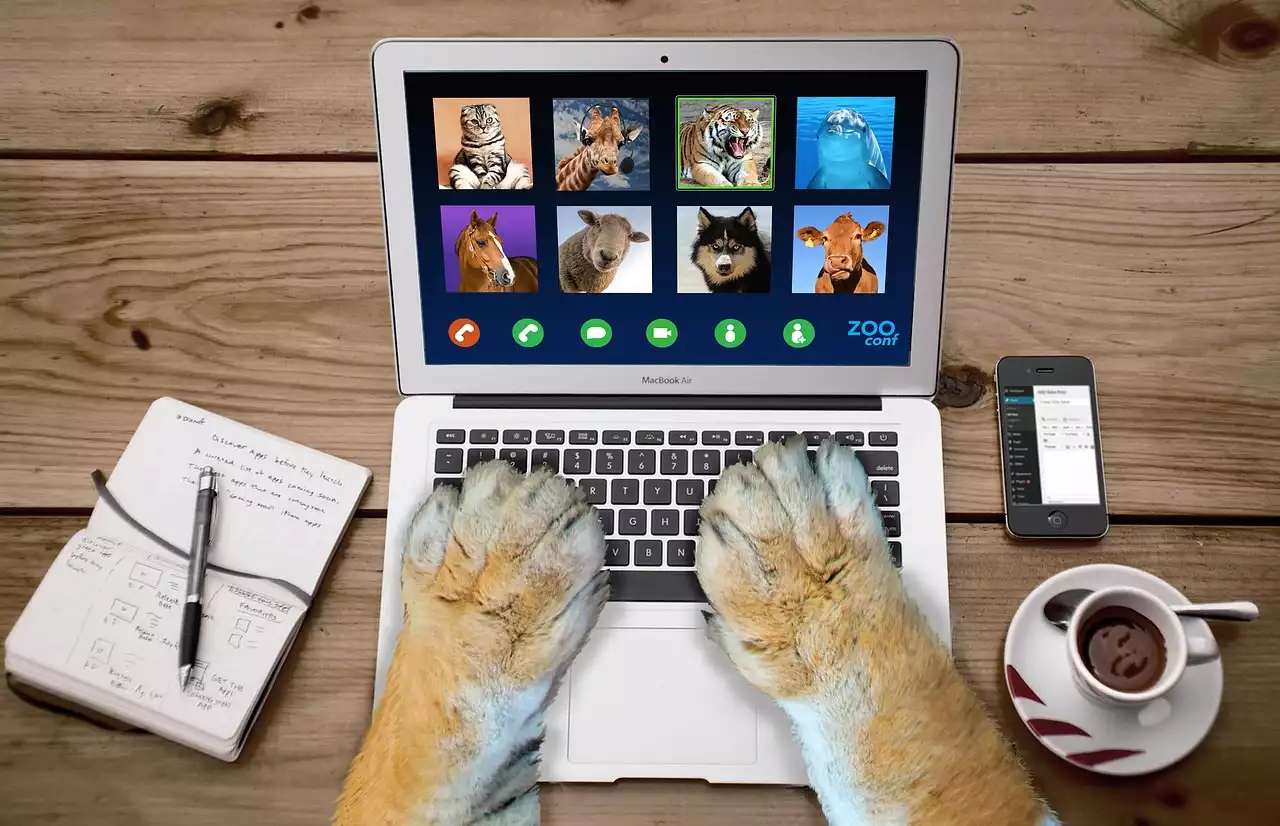Understanding Remote Work
Remote work is a work arrangement that allows employees to work from home or anywhere outside the traditional office setting. Remote work can be either full-time or part-time, depending on the company's policy. Remote work is becoming increasingly popular due to its many benefits, such as lower overhead costs, increased productivity, and a better work-life balance.
Advantages and Disadvantages of Managing Remote Teams
The advantages of remote work are many, and they include increased productivity, lower overhead costs, and flexibility, to name a few. However, managing remote teams also comes with its unique challenges. One of the biggest challenges is communication. Communication can be difficult when team members are not in the same location, and this can lead to misunderstandings and miscommunications.
Another challenge of managing remote teams is measuring productivity. It can be challenging to measure productivity when team members are not in the same location. Also, the lack of face-to-face interaction can make it difficult to build team culture and trust.
Key Challenges in Managing Remote Teams
Managing remote teams comes with its unique challenges, and it's important to be aware of them to ensure success. One of the biggest challenges is communication. Communication can be difficult when team members are not in the same location, and this can lead to misunderstandings and miscommunications.
Another challenge of managing remote teams is measuring productivity. It can be challenging to measure productivity when team members are not in the same location. Also, the lack of face-to-face interaction can make it difficult to build team culture and trust.
Best Practices for Managing Remote Teams
Effective communication is crucial for managing remote teams. It's important to establish clear communication channels to ensure that everyone is on the same page. This can be achieved by using communication tools such as Slack, Zoom, or Skype. Regular check-ins with team members can also help to keep everyone informed and ensure that projects are on track.
Setting clear goals and expectations is also important for managing remote teams. This can be achieved by using project management tools such as Asana or Trello. Setting clear goals and expectations can help to keep team members motivated and focused.
Measuring productivity is another best practice for managing remote teams. This can be achieved by using time tracking tools such as Toggl or RescueTime. Measuring productivity can help to identify any productivity gaps and help team members to improve their performance.
Building a strong team culture is also important for managing remote teams. This can be achieved by organizing team building activities such as virtual happy hours, team lunches, or games. Building a strong team culture can help to build trust and improve collaboration among team members.
Best practices for managing remote teams with Mario Vasilescu
Communication Strategies for Remote Teams
Effective communication is crucial for managing remote teams. Communication can be difficult when team members are not in the same location, and it's important to establish clear communication channels to ensure that everyone is on the same page. This can be achieved by using communication tools such as Slack, Zoom, or Skype.
Regular check-ins with team members can also help to keep everyone informed and ensure that projects are on track. One-on-one meetings can also help to build trust and improve communication among team members.
Tools and Software for Managing Remote Teams
There are many tools and software available for managing remote teams. These tools can help to streamline communication, project management, and productivity. Some of these tools include:
- Slack: A communication tool that allows team members to collaborate and communicate in real-time.
- Zoom: A video conferencing tool that allows team members to have face-to-face meetings.
- Trello: A project management tool that helps to organize and prioritize tasks.
- Asana: A project management tool that helps to manage and track projects.
- Toggl: A time tracking tool that helps to measure productivity.
Measuring Productivity and Performance of Remote Teams
Measuring productivity is important for managing remote teams. It can be challenging to measure productivity when team members are not in the same location. However, there are tools available that can help to measure productivity, such as time tracking tools like Toggl or RescueTime.
Setting clear goals and expectations can also help to ensure that team members are meeting performance expectations. Regular check-ins with team members can also help to identify any productivity gaps and help team members to improve their performance.
Building a Strong Remote Team Culture
Building a strong team culture is important for managing remote teams. It can be challenging to build team culture when team members are not in the same location. However, there are ways to build team culture, such as organizing team building activities like virtual happy hours, team lunches, or games.
Regular check-ins with team members can also help to build trust and improve collaboration among team members. Celebrating team successes and recognizing individual achievements can also help to build team culture and morale.
Avoiding Common Mistakes When Managing Remote Teams
Managing remote teams can be challenging, and it's important to avoid common mistakes. One of the biggest mistakes is not establishing clear communication channels. Effective communication is crucial for managing remote teams, and it's important to establish clear communication channels to ensure that everyone is on the same page.
Another mistake is not setting clear goals and expectations. Setting clear goals and expectations can help to keep team members motivated and focused. It's also important to measure productivity and performance to ensure that team members are meeting expectations.










